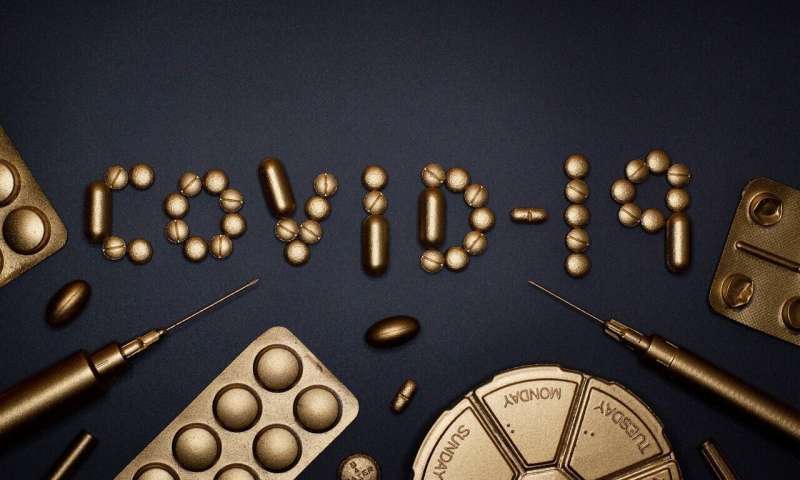COVID-19 and the need for expanding research on calcium homeostasis breakdown

The prevention and therapy of virus infections are often confounded by the high mutation rates and there is an increasing attention to know how this viral invasion impacts on human cells/organs. "Disruption of calcium homeostasis could be the infection and survival strategy of Coronavirus & it warrants expanding research on calcium channel drug targets" says Dr. M. Balasubramanyam, Disease-Biologist, Dean of Research & Senior Scientist from the Madras Diabetes Research Foundation (MDRF), Chennai, India.
In one of his articles recently published in European Medical Journal, he comments that 'it's time to revisit and researching on calcium channel drug targets under the COVID-19 crisis'. The intention of this commentary is to alert hospitals to collection additional data on COVID19 patients and more importantly to provoke multiple avenues of research on calcium channel drug targets. Interestingly, the alteration of calcium (Ca2+) homeostasis is one of the strategies that viruses use to modulate host cells and influence organ dysfunction in their favor. Once entered in to the host cell, viruses stimulate or inhibit the calcium release from internal stores that is linked to an orchestra of several calcium-permeable channels, transporters, and exchangers on organellar membranes. The ultimate change in cytosolic calcium concentration is expected to trigger further distortion of the host cell system as well as benefits virus survival and replication.
In the COVID19 context, it has been found that patients with hypertension, diabetes, and other comorbidities are at higher risk of death compared with survivors of the virus2. "Our earlier research studies demonstrated the evidence for mechanistic alterations in Ca2+ homeostasis in patients with type 2 diabetes as well as its macro and microvascular complications—and this could be the reason why such patients posed higher risk due to COVID19 infection," says Dr.Balasubramanyam.
As reviewed by Balasubramanyam, several studies in the past have associated host cell Ca2+ disturbances with a variety of virus infections viz, influenza A virus, Dengue virus, West Nile virus, Rotavirus, hepatitis C virus, Ebola virus and porcine deltacoronavirus & calcium channel blockers (CCBs) have been reported to inhibit viral entry as well as its replication. More interestingly, the recent clinical investigation of COVID-19 patients revealed that the CCB amlodipine besylate administration was associated with reduced fatality rate of patients with hypertension.
"While several antiviral agents are under development, there is great hope for revisiting and researching on calcium channel drug targets—not only the conventional voltage-dependent calcium channels, but also several components of calcium homeostasis machinery including the emerging targets such as store-operated Ca2+ (SOC) channels as well as transient receptor potential (Trp) channels," says Dr.Balasubramanyam.
Explore further
Fei Zhou et al. Clinical course and risk factors for mortality of adult inpatients with COVID-19 in Wuhan, China: a retrospective cohort study, The Lancet (2020). DOI: 10.1016/S0140-6736(20)30566-3
Balasubramanyam M, Balaji RA, Subashini B & Mohan V. Evidence for mechanistic alterations of Ca2+ homeostasis in Type 2 diabetes mellitus. Int. J. Experimental Diab Res, 1: 275-287, 2001
Balasubramanyam M, Premanand C & Mohan V. Lymphocytes as a cellular model to study insights into the pathophysiology of diabetes and its complications. ANYAS—Annals of New York Academy of Sciences, 958:399-402, 2002.
Leike Zhang et al. Calcium channel blocker amlodipine besylate is associated with reduced case fatality rate of COVID-19 patients with hypertension, (2020). DOI: 10.1101/2020.04.08.20047134








 User Center
User Center My Training Class
My Training Class Feedback
Feedback












Comments
Something to say?
Log in or Sign up for free